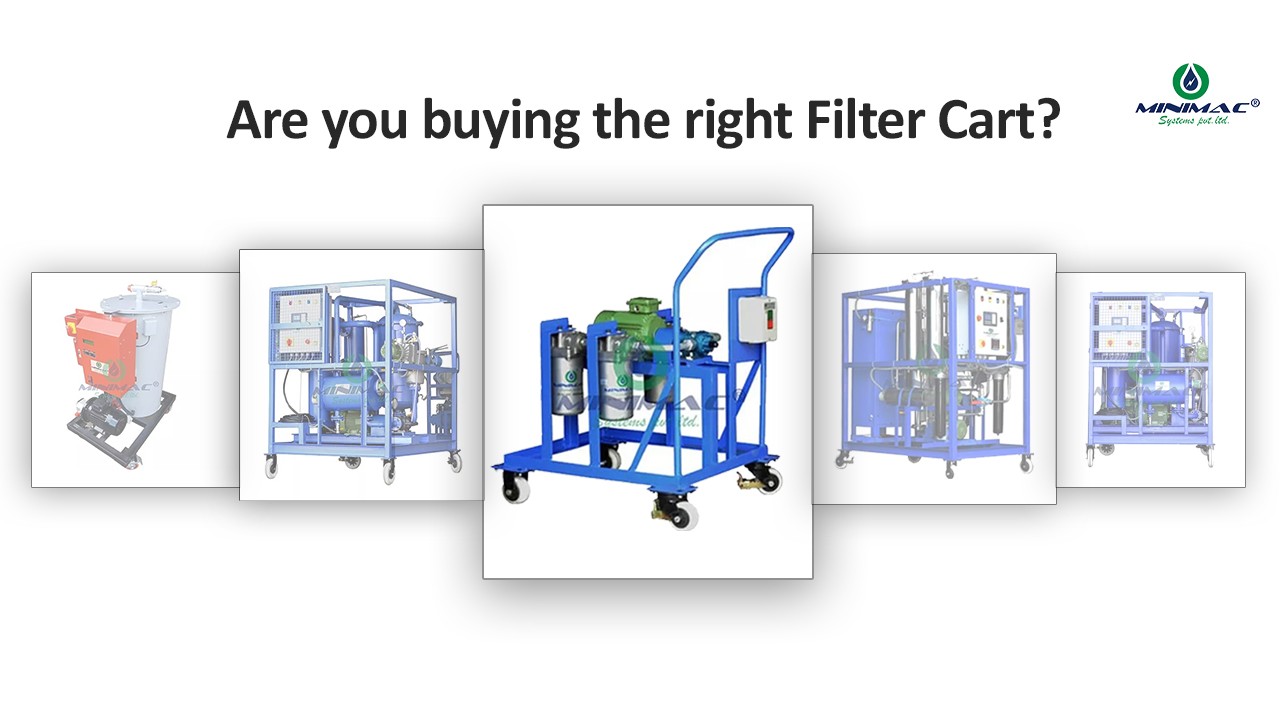Filter Carts: Learn Benefits, Uses & Expert Tips to Choose the Best
Introduction:
Filter carts are indispensable devices used to manage industrial lubricants, used to ensure the cleanliness of the oil that feeds into machinery. These are multitasking portable systems used for filtering new & used oil, oil transfer, and removing contaminants. Maintaining lubrication practices with superior filter carts can cut machinery working hours in half and increase the longevity of equipment as well.

What Are Filter Carts Important For?
They also help keep the high torque needed for the rotation of the burrs and filters, so they work as something perfect which is when it comes to maintaining lubrication quality and minimizing contamination threats. The following are some of the advantages of using the filter carts:
Benefits of Filter Carts
- Reliability of Equipment: Cleaner oil helps to achieve wear reduction of machine parts and obtain better reliability.
- We Can Save You Money: Filter carts save money by filtering and cleaning oil, meaning there's less need to keep replacing your oil.
- Improved Efficiency: They confirm if the oil cleanliness levels are in accordance with the standards.
- Adaptability: Filter carts are easily adapted for transferring oil to flushing systems.
- Environmental Advantage: Repurposing and filtering oil minimizes waste production and environmental pollution.
Common Uses of Filter Carts
Filter carts serve many industrial and maintenance applications. These include:
- Filter & Clean Oil in Storage: Prevent dirt and debris from entering your machines by filtering your oil while it is in storage.
- Oil Transfer: Move oil into machines or storage containers as needed and after it is filtered
- Oil reconditioning: Bringing the characteristics of in-use oil back to the desired state to increase the lifetime of the oil.
- Flush systems: Power flushing of clean hoses, pipes, and other components.
- Cleaning Standards for Containment: Make certain hoses and other equipment are clean.
- Oil Cleanliness Goals: Meet or exceed ISO codes for maximum performance.
To know more about Minimac Systems, follow us on LinkedIn
Factors to Consider When Choosing a Filter Cart
Choosing an appropriate filter cart is a very important factor in achieving your goals for lubrication. Here are the key attributes to assess:
1. Oil Type and Viscosity
The filter cart design depends on the type and viscosity of the oil. For high viscosity oils, powerful motors and a certain kind of filtration elements must be used. If a plant is using more than one type of oil, each type should have its own filter cart to prevent cross-contamination.
2. Portability and Power Source
Pick a filter cart readily available to cover different manufacturing areas in your facility. Furthermore, take into consideration a power source—some of the filter carts run on electricity, while others may need already available pneumatic power.
3. Oil Cleanliness Standards
With respect to oil cleanliness goals, know what you want before you buy. ISO cleanliness codes can be a guiding principle, but in certain applications, we need more stringent standards. More complex filtration systems are often required to maintain levels of cleanliness for high-viscosity oils.
4. Flow Rate Requirements
Decide the right flow rate for your requirement. A faster filtration leads to a higher flow rate, but not always appropriate for certain oils and machines. Make compromises if you want to save money.
5. Customization Options
- Dual-filter configurations for coarser filtration
- Bypass valves for sudden pressure spikes
- Maintenance of warning pressure gauges and the alarm system. Choose a cart that meets your needs.
Common Mistakes to Avoid When Buying a Filter Cart
- Ignoring Viscosity Requirements: If you use a cart that is not intended for the viscosity of your oil, it will waste time, energy, and equipment.
- Neglecting Portability: If your filter cart is heavy and cumbersome and difficult to transport around the shop, effective operations are going to suffer.
- Neglecting Cleanliness Targets: If the target cleanliness level for a specific process is not achieved through standard filters, relying solely on standard filters may not be sufficient.
- Neglecting Maintenance Requirements: Not taking maintenance into account can lead to increased expenses down the line.
- Omitting Expert Advice: When in doubt, always consult your distributor or manufacturer for specific recommendations.
How to Care for Your Filter Cart for a Longer Life
A properly-maintained filter cart performs at its best and lasts longer than usual. Follow these tips:
- Routine Inspection: Inspect hoses, filters, and connections for wear and damage.
- Change Filters: Manufacturer recommendations for filter replacement must be followed to ensure a functional filtration system and to prevent equipment problems. Click here to find out more about filter replacements.
- Wash Components: Wash away contaminants from the surfaces of the cart.
- Add lubrication: Make all moving parts move.
- Record Keeping: Keep track of how the equipment is being used and any maintenance being done on it.
Conclusion
Filter carts are well-known tools for efficient lubrication
management and contamination control. There is important
information, applications, how to get the best for the use, and
ways to consider when you buy this stuff, and here are the
benefits of understanding them. The longevity of the compactor
will save money over time when periodically maintained and kept
clean.
Get the right filter cart today and enable better reliability of
the machinery and efficiency in operations. -
Click Here




